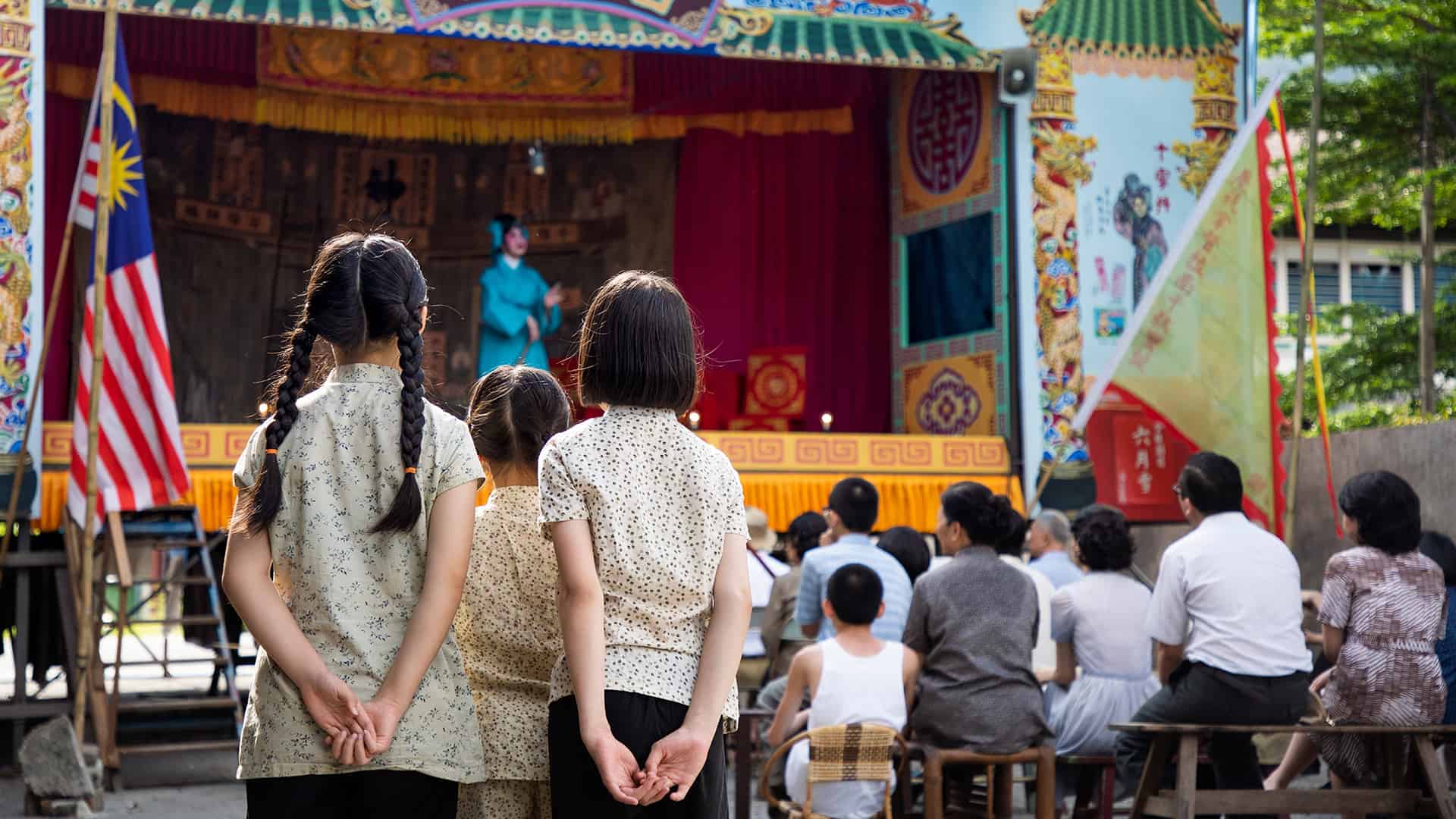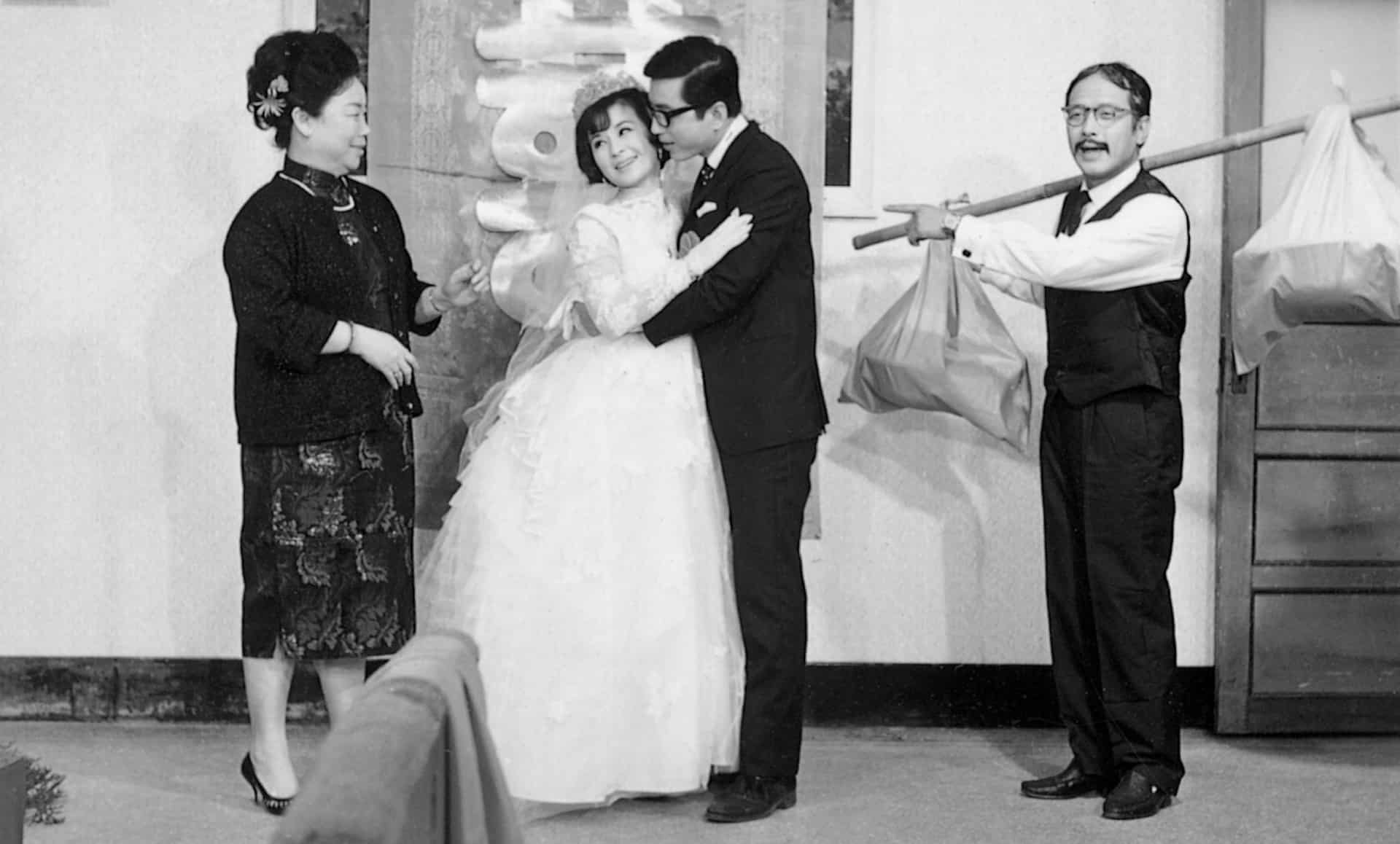Based on the homonymous 1950 stage play written by Filipino National Artist for Literature Nick Joaquin, “A Portrait of the Artist as Filipino” is a black-and-white English-language film that was restored in 2014 by the Film Development Council of the Philippines, with the help of Mike de Leon, the son of the original producer of the movie, Manny de Leon. The restoration was made possible using the 35mm original camera negative preserved by the Asian Film Archive and the first generation print preserved at the Deutsche Kinemathek in Berlin for sound restoration. The result is truly impressive, with the new version being impeccable in audiovisual terms.
Starting with a narration that sets the chronology of the movie in the Filipino world of pre-World War II Intramuros of Old Manila in October 1941, the movie begins with Tony Javier, a young and very handsome man who is lodging in the house Don Lorenzo Marasigan and his daughters, Candida and Paula, own. The cheekiness of Tony is highlighted immediately, as he sneaks a young woman to his room, against the rules of the house, with the sisters peaking on him during the night, but in the end forgiving him due to his charm. Eventually, we learn that due to an artistic drought on Don Lorenzo's part, the family has to make ends meet by relying on the financial support provided by their brother Manolo and sister Pepang, who were urging them to sell the house, with Tony's lodging being part of the effort to sustain themselves.
At the same time, a lot of people, including journalist and family friend Bitoy Camacho, various supposedly art critics, and even politicians, are interested in exploiting Don Lorenzo's self portrait that is hanging on a wall in the house, each one for their own gain. Don Lorenzo, however, refuses to sell, donate, or even exhibit the painting in public, and is only content in staying inside his room, a stubbornness that already took a period of one year. As time passes, the financial situation of the family becomes worse, while Tony shows his true self.
Lamberto V. Avelana directs a film that marked the transition between studio-produced genre movies of the 1940s and '50s and the more experimental and politically subversive filmmaking of the1960s, as much as the transition from the Spanish to American influence in terms of context. In that fashion, although the movie is essentially in English, the older generation are portrayed speaking in Spanish, with the penetration of each culture to the corresponding generation also being evident throughout the movie. Furthermore, Avelana focuses on the generational gap this transition brought, with Don Lorenzo's inability and essentially, stubbornness, to adapt to the new ways of the world having dire consequences to both him and his two daughters, who find themselves captured repeatedly between. This ‘between' includes their duty to their father and their need to support both him and themselves, with essentially all characters that appear in their lives functioning as “sirens”, his and their siblings' stubbornness, their own and his well being.
The whole story could be perceived as a metaphor, as Avelana seems to criticize politicians, the press, the members of the family, and even youths as people driven by greed, without any kind of morals, in a comment that can also be perceived as one regarding the former and the current ruling class, who turned out not to be so different after all, at least in the particular regard. That the two sisters find themselves in the middle is the main source of drama here, with the events following the eloping of one being the most shattering in the movie, while also making a comment about how, even artistic excellence can be a burden to both the artists and their families, when profit becomes the main value of the world. At the same time, and although drama eventually takes over, the romance aspect, as mirrored in Tony's character, and the lightness of the beginning of the movie, allow the film to remain entertaining throughout its duration, not falling into the reef of the melodrama and forced sentimentalism, with the ending also moving into the same direction.
Despite the fact that Avelana included some exterior shots, the stage play roots of the movie are quite evident, with the majority of its duration taking place inside the house, with the room with the painting being a focal point. At the same time though, the size of the house and the excellent cinematography by Mike Accion, particularly regarding the framing, induce the narrative with a sense of movement, also because each room seems to have different aesthetics and contextual importance, with the differences between the living rooms, Don Lorenzo's, and Tony's room being palpable. Furthermore, Enrique Jarlego's editing, induces the movie with a fitting pace that changes from mid to fast tempo according to the events, also giving a sense of movement to the movie.
Daisy H. Avelana as Candida and Naty Crame-Rogers as Paula give excellent performances, showcasing their inner struggle due to the aforementioned in-betweenness, with the vulnerability of the latter and the strictness of the former creating a very appealing antithesis. Conrad Parham as Tony is also very convincing in his transformation from a cocky playboy to a desperate man, while Pianing Vidal plays the stubborn, unable to adapt Don Lorenzo with gusto. Lastly, Sarah K. Joaquin as Pepang and Nick Agudo as Manolo play the villains with nuance, with the scene when everyone is ignoring or mocking them, being the highlight of their performance.
“A Portrait of the Artist as Filipino” is an excellent movie, equally well shot, entertaining and rich in context, with the restoration helping the most in the film standing the test of time .
















